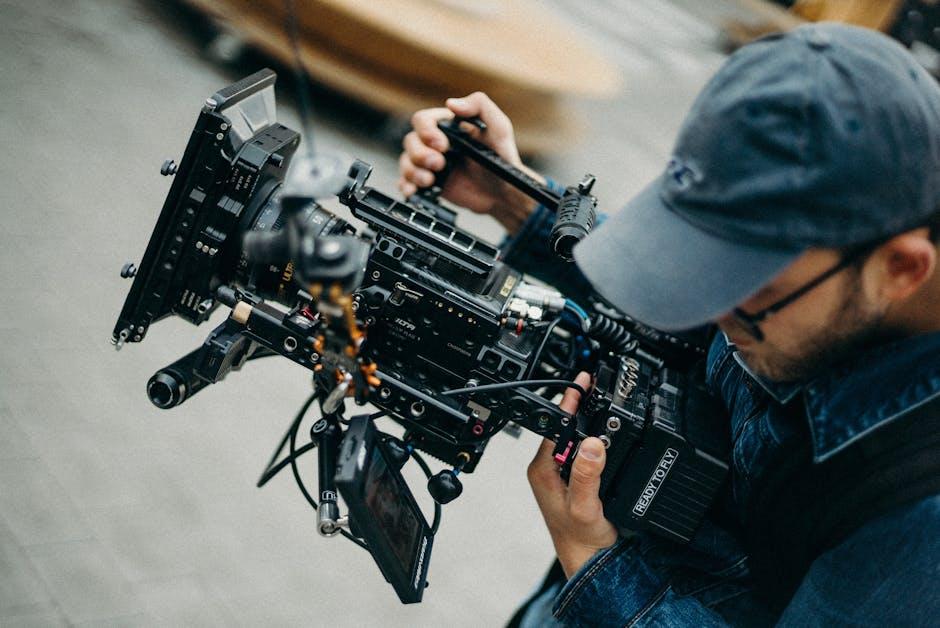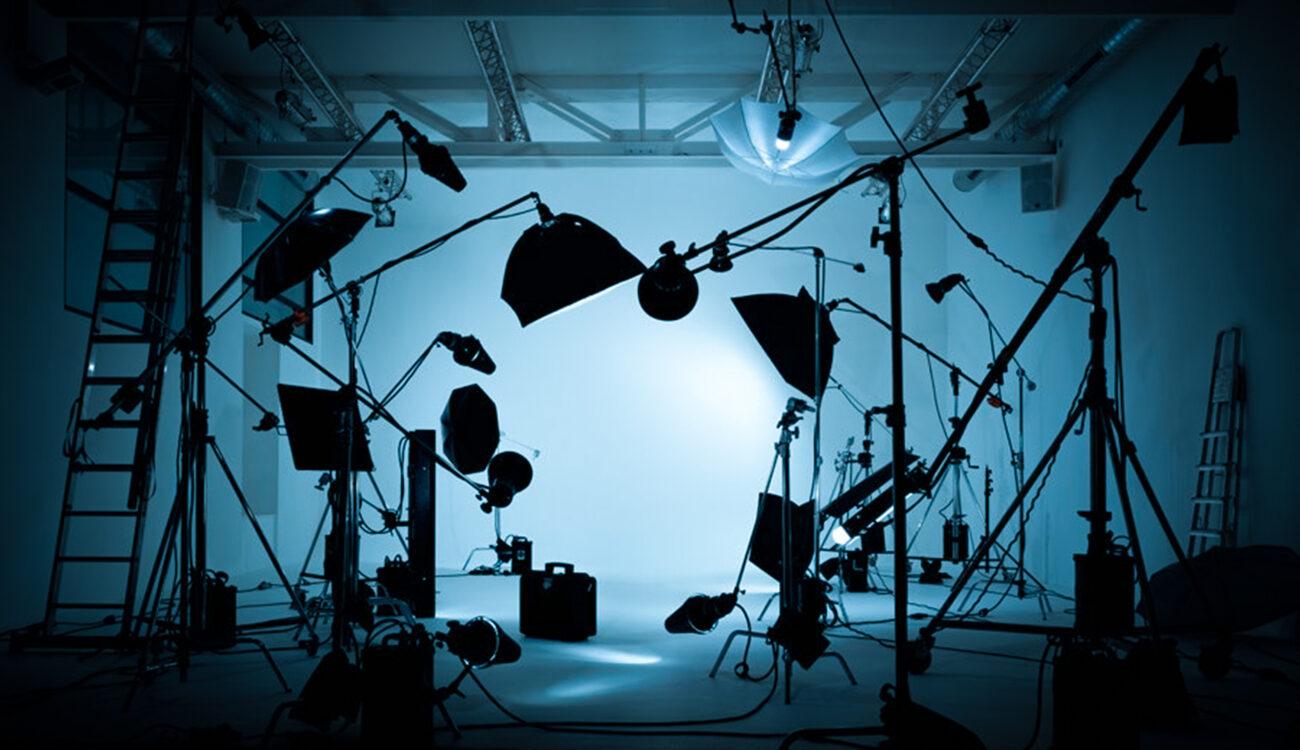Cinematography is often described as the visual heartbeat of a film, a crucial element that transforms narrative into experience. In the realm of iconic cinema, it is the cinematographer’s lens that captures the essence of a story, crafting moments that linger in the collective memory of audiences worldwide. Directors, the visionaries behind these cinematic masterpieces, frequently emphasize the pivotal role that cinematography plays in shaping not just the aesthetic, but the emotional and thematic core of their films. This article delves into the insights of renowned directors, unraveling how the artful manipulation of light, shadow, and composition contributes to the creation of unforgettable film moments. Through their perspectives, we explore the symbiotic relationship between direction and cinematography, and how this collaboration brings to life the images that define our cultural landscape.
Understanding Cinematic Language: Directors’ Perspectives
Cinematography is often hailed as the backbone of visual storytelling, transforming scripts into visual poetry. Directors emphasize its role in crafting moments that resonate with audiences long after the credits roll. Stanley Kubrick, for instance, meticulously orchestrated every frame, ensuring each shot in 2001: A Space Odyssey was a deliberate dance of light and shadow, reflecting the film’s existential themes. Alfred Hitchcock famously employed the camera to manipulate tension and perspective, as seen in the iconic shower scene of Psycho, where rapid cuts and strategic angles amplify the terror.
- Visual Metaphors: Directors like Terrence Malick use sweeping landscapes to convey characters’ inner turmoil.
- Color Palette: Wes Anderson crafts whimsical worlds through a meticulous color scheme, evoking nostalgia and whimsy.
- Camera Movement: Christopher Nolan** employs dynamic movements to immerse viewers, as seen in the gravity-defying sequences of Inception.
These directors illustrate that cinematography is not merely a technical skill but a profound narrative tool. It shapes audience perception, evokes emotions, and ultimately, etches unforgettable moments into the tapestry of film history.

Crafting Visual Narratives: Techniques for Iconic Scenes
In the realm of filmmaking, directors often emphasize the transformative power of cinematography in sculpting scenes that linger in the audience’s memory. Through meticulous composition, lighting, and camera movement, cinematographers can elevate a simple sequence into a visual masterpiece. Directors like Christopher Nolan and Wes Anderson are renowned for their distinctive styles, using these techniques to craft scenes that are instantly recognizable.
- Composition: The arrangement of elements within a frame can convey emotion and narrative depth. Directors often work closely with cinematographers to ensure that every shot serves the story’s vision.
- Lighting: The interplay of light and shadow can evoke mood and highlight key narrative points. Whether it’s the stark contrast in a noir film or the warm glow of a sunset, lighting is crucial in setting the scene’s tone.
- Camera Movement: Dynamic or static, the movement of the camera can guide the viewer’s attention and enhance the emotional impact. From sweeping dolly shots to intimate close-ups, each movement is a deliberate choice to draw the audience deeper into the story.
Ultimately, the fusion of these techniques forms a visual language that speaks volumes beyond dialogue, creating moments that resonate long after the credits roll.

Harnessing Light and Shadow: Mastering Mood and Emotion
In the hands of a skilled cinematographer, light and shadow become more than mere visual elements; they are powerful tools that shape the emotional landscape of a film. Directors often speak of the alchemy that occurs when these elements are meticulously balanced to evoke specific feelings. Steven Spielberg, for example, utilizes low-key lighting to instill a sense of foreboding, as seen in films like “Jaws” where shadows heighten tension and anticipation. Christopher Nolan expertly manipulates light to explore complex themes, using stark contrasts to reflect the duality within his characters, such as in “The Dark Knight”.
Directors frequently highlight the importance of these techniques in crafting memorable cinematic experiences. Consider the following elements they emphasize:
- Contrast: The interplay between light and dark can define a scene’s mood, creating visual drama and drawing the viewer’s eye to key narrative elements.
- Color Temperature: Warm tones often convey comfort or nostalgia, while cooler hues may evoke detachment or melancholy.
- Directional Lighting: Where the light comes from can influence a character’s perceived morality or inner conflict, adding depth to their portrayal.
By mastering these elements, filmmakers transform ordinary moments into iconic scenes that linger in the audience’s memory, proving that the dance between light and shadow is at the heart of cinematic storytelling.

Directorial Insights: Recommendations for Aspiring Cinematographers
- Embrace Storytelling Through Visuals: Directors emphasize that the essence of cinematography lies in its ability to convey narrative through images. Aspiring cinematographers should focus on how each frame contributes to the story, using lighting, composition, and movement to evoke emotions and themes. Understanding the script deeply and collaborating with the director can lead to the creation of powerful, memorable scenes.
- Experiment with Techniques: To stand out, cinematographers are encouraged to experiment with different techniques and styles. Directors appreciate when cinematographers bring innovative ideas to the table, whether it’s through unique camera angles, unconventional lighting, or creative use of color. Pushing boundaries not only enhances the visual storytelling but also contributes to crafting iconic film moments that captivate audiences.

